I’ve been having to draw on all my distraction capabilities. Ways of filling my mind and banishing intrusive thoughts. What’s interesting is that all the lovely, soothing, contemplative activities such as quilting and knitting and dressmaking are not - for me - the best things to combat anxiety.
[almshouse hollyhocks, Stamford]
Instead, we have been out and about, visiting good and bad exhibitions, provincial towns, almshouses, old railways stations, having discussions about grey clouds, slugs on the allotment, hollyhocks, and even the quantity of fruit in a fruit scone. Anything will do.
We are fortunate that we have the time, a car, and relatively new-to-us counties to explore. So with the relevant Pevsner, a railway atlas, and a variety of footwear/outerwear, we have set out most days to distract ourselves.
[Southwold]
We hadn’t been to Southwold in ages, and the little Suffolk villages with their pink houses, thatched roofs, and matching hollyhocks, surrounded by fields of golden wheat are a joy to drive through on the way there. Southwold has recovered itself, I think, and is back to being a slightly old-fashioned, quaint, but not twee, resort with beach huts, pier, lighthouse, Sailors’ Reading Room, brewery, bakeries which sell all the classic pale and iced baked goods (no hipster stuff here), a huge and beautiful medieval church with glorious light inside, and a fine choice of fish and chip shops. There’s also a good cafe in the converted old hospital near the church - it’s not by the sea, but does have good tea, cakes, and nice, thoughtful mixed planting outside (flowers and veg).
[The Rest for the Aged (1908), Reydon]
On our way home we stopped to admire the unusual turrets (apparently used as garden sheds) at the gates of the Arts & Crafts almshouse in Reydon, then to look up at the lovely angel roof in Blythburgh church, and to revisit one of my favourite modern stained glass windows there.
[for a carpenter/woodworker churchwarden]
Another day, it was different corners of Suffolk. Sudbury is famous for weaving silk and there are still two mills there, one with a mill shop which sells all sorts of silk fabrics (including the kind they use for Bridgerton costumes), many at quite jaw-droppingly good prices.
But this time, because I was with Simon who is disappointingly downbeat about tie silk, we went for the Cedric Morris exhibition at Gainsborough’s House (lovely new crinkle-crankle wall in the garden, a smaller version of the fifty or so older examples in the county - they remind me of the old crinkle cutter my Mum used to cut wavy chips as a special treat).
[‘The Eggs’ (1944), Cedric Morris]
I like the impressive recent gallery extension to Gainsborough’s House and the interior of the house itself (well worth seeing for the C18 decor), and I also love Cedric Morris’ flower paintings. Benton End, where he established a school of painting and bred his Benton irises, is also in Suffolk, so there are close ties. But sadly the exhibition did not provide sufficient positive distraction due to the paltry number of flowers, excessive number of dead birds, a whole room of sullen/melancholic/unsmiling portraits of friends (maybe enemies, haha), and some rather over-stated labels. As Laura Cumming says, “What you see, is what you see”, and I tire quickly of labels which tell me what I ought to see. However, equanimity was restored with an Eccles cake and a huge pot of tea at Platform One in Clare, which is becoming one of my favourite safe havens.
By contrast, the Edward Bawden & Me exhibition in Bedford was just what we needed. The Higgins is an exemplary provincial museum and art gallery, with displays looking at (former) local industries such as brickworks and ironworks, and eclectic collections donated by local worthies.
[‘Tree and Cow’ by Jane Housham]
There is also a permanent Bawden room, augmented until October by the exhibition of pieces by thirty artists and makers displayed next to the work by Bawden it has inspired.
[‘Tree and Cow’ wallpaper (1927) by Edward Bawden]
While many of the contemporary responses (always ‘responses’, these days) are excellent - linocuts by Chris Brown, rag rugs by Lu Mason, and the clever arrangements of old plastic toys by Jane Housham (worth a look) - it is difficult to top Bawden himself with his incredible range, skill, wit, and humour. It all provided very positive distraction. And on the way home we passed Rushden, birthplace of HE Bates, so I picked up a secondhand copy of Love for Lydia, but despite the fine descriptions of flowers and nature, it was so depressing that reading had to be abandoned.
[Truesdale’s Hospital]
Stamford - visited on a rare dry day - is a stunning town (think TV and film versions of Middlemarch and Pride and Prejudice) and we had a look at all of the seven surviving almshouses (here called hospital or callis), with me deciding that I could do without the grandeur of Browne’s Hospital (1475) in favour of the small but beautifully proportioned Truesdale’s Hospital (Basevi, 1883) with the prettiest courtyard garden full of huge hollyhocks and cottage flowers. I don’t quite know why this housing philanthropy flourished to such an extent here, but the generosity of rich grocers, wool merchants, and surgeons has made for a wonderful streetscape, and a constant reminder, as I’ve said before, of the need in today’s world for civic-minded donors. (I’m already excited to see Waterloo Sunset.)
[Kettle’s Yard gallery as studio (husband - writer’s own)]
Closer to home, Kettle’s Yard has abstract art by Megan Rooney, the sort I really like (viz. Cy Twombly, Howard Hodgkin, Joan Mitchell). One of the galleries is now a sort of enormous studio, smelling of fresh paint, whose walls have been turned into huge, temporary, canvases. It’s a bold and brilliant exhibition.
[late C19 tea cosy in the Museum of Cambridge]
And for the first time, we went next door to the Museum of Cambridge, which I think is up against a lot of competition from university museums and collections. We, too, had pretty much dismissed it but, as the need to keep going was great, we realised this had been a grave error on our part. It’s fantastic. It’s housed in a former C16 coaching inn with later additions, and the Dickensian labyrinth of small rooms with creaking, sloping wooden floors has been retained so you get a hostelry history lesson (eg sharing a bed with a stranger), as well as a much better idea of how Cambridge itself developed, separate to the university, with its multitude of breweries, Fen-related labour, local trades and shops and personalities.
[while filming ‘Help!’ in 1965]
Reading has been light, and I realise that although I know the Beatles story, I’m like a child requesting a favourite, much-loved bedtime book (‘again, again!’) and find great comfort - and always new details and anecdotes - in going through it all over again. So The Beatles Anthology has been flattening my thighs and testing my eyesight (such a big book, such a small font), and making me wonder if I should visit Hamburg…
There is likely to be a need for more distraction in the days to come, and although we’d much, much rather not have to seek it, we are getting quite good at it.
Happy Sunday!
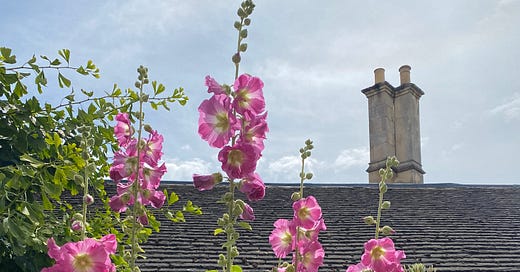



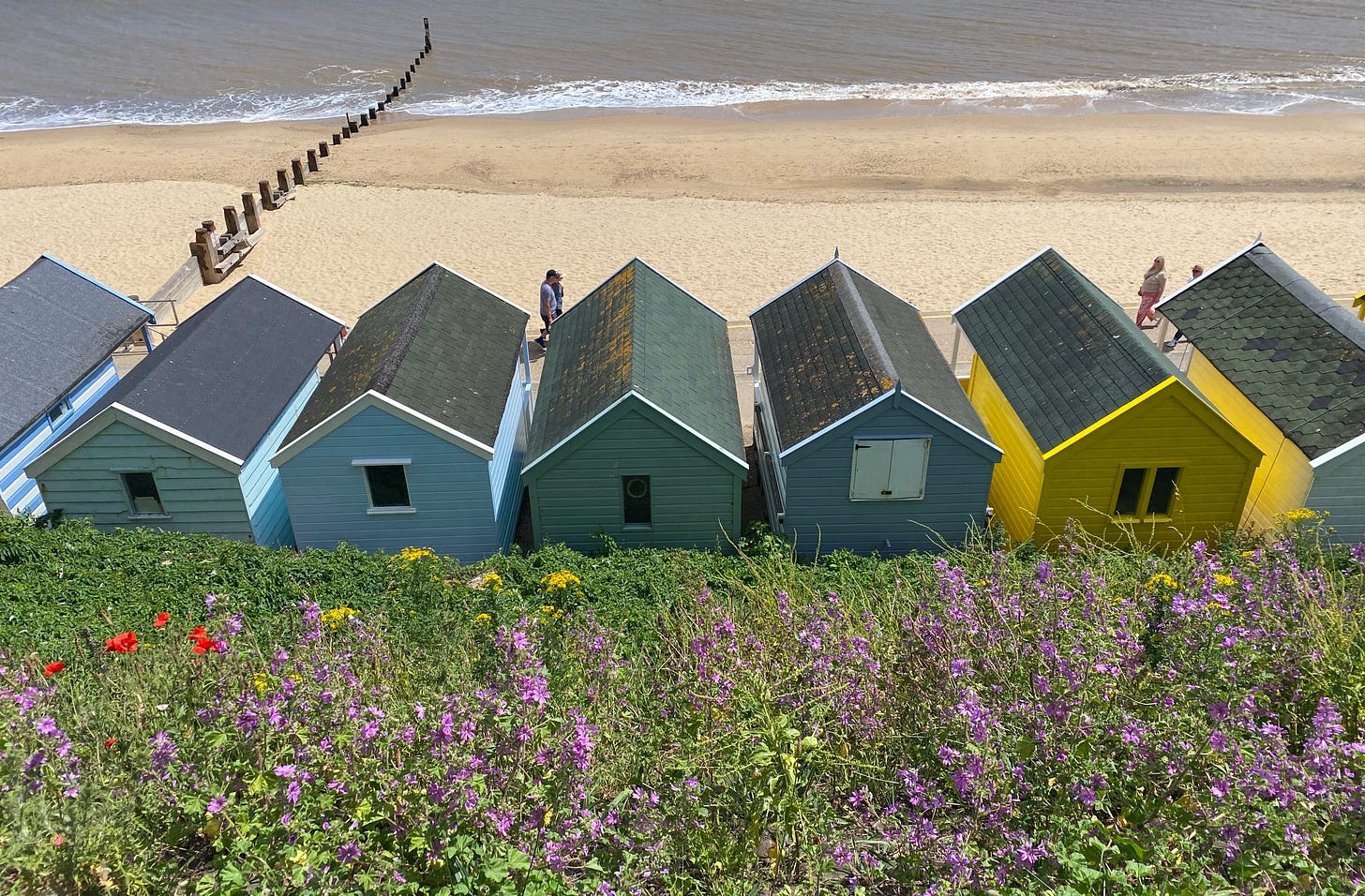
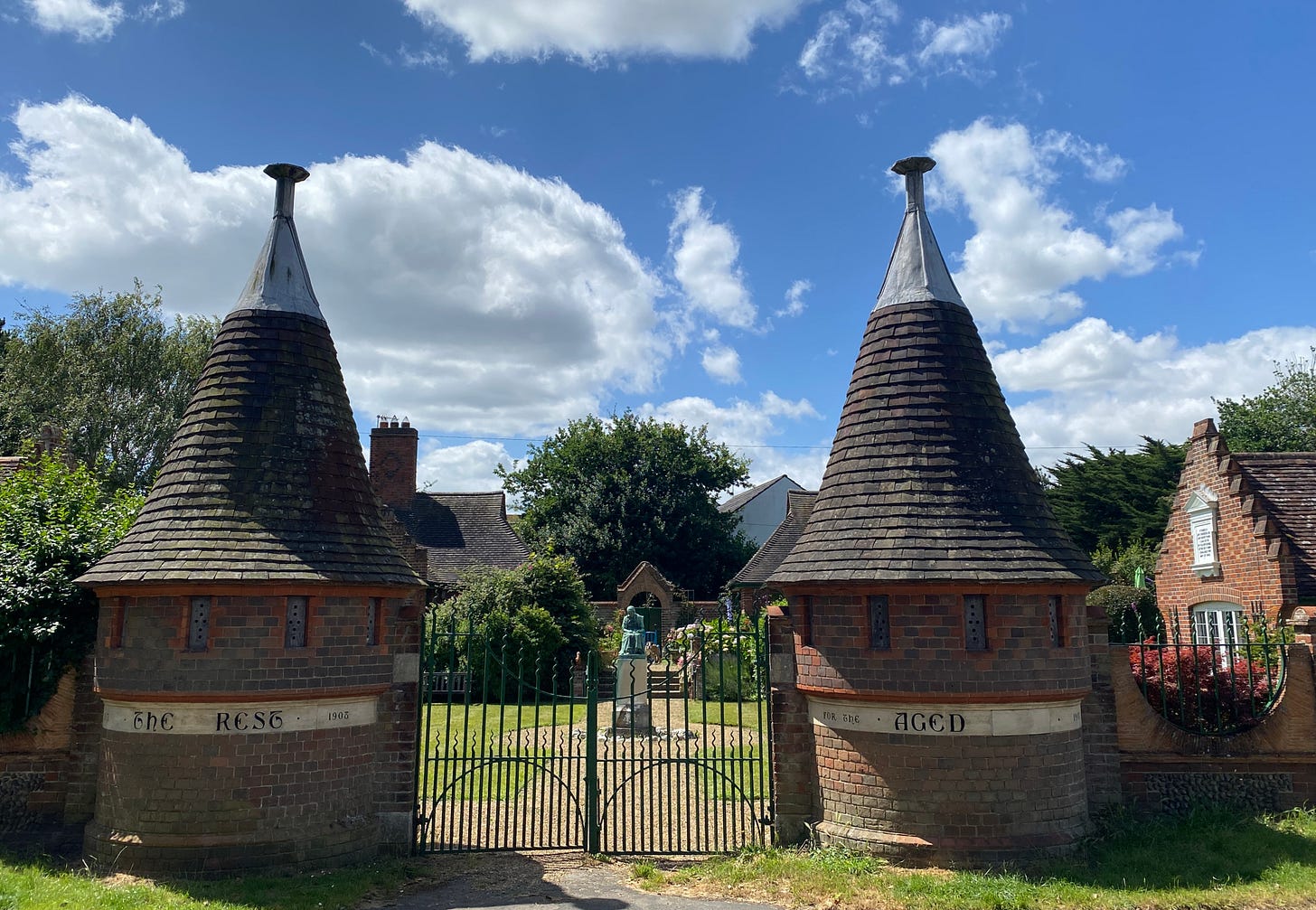
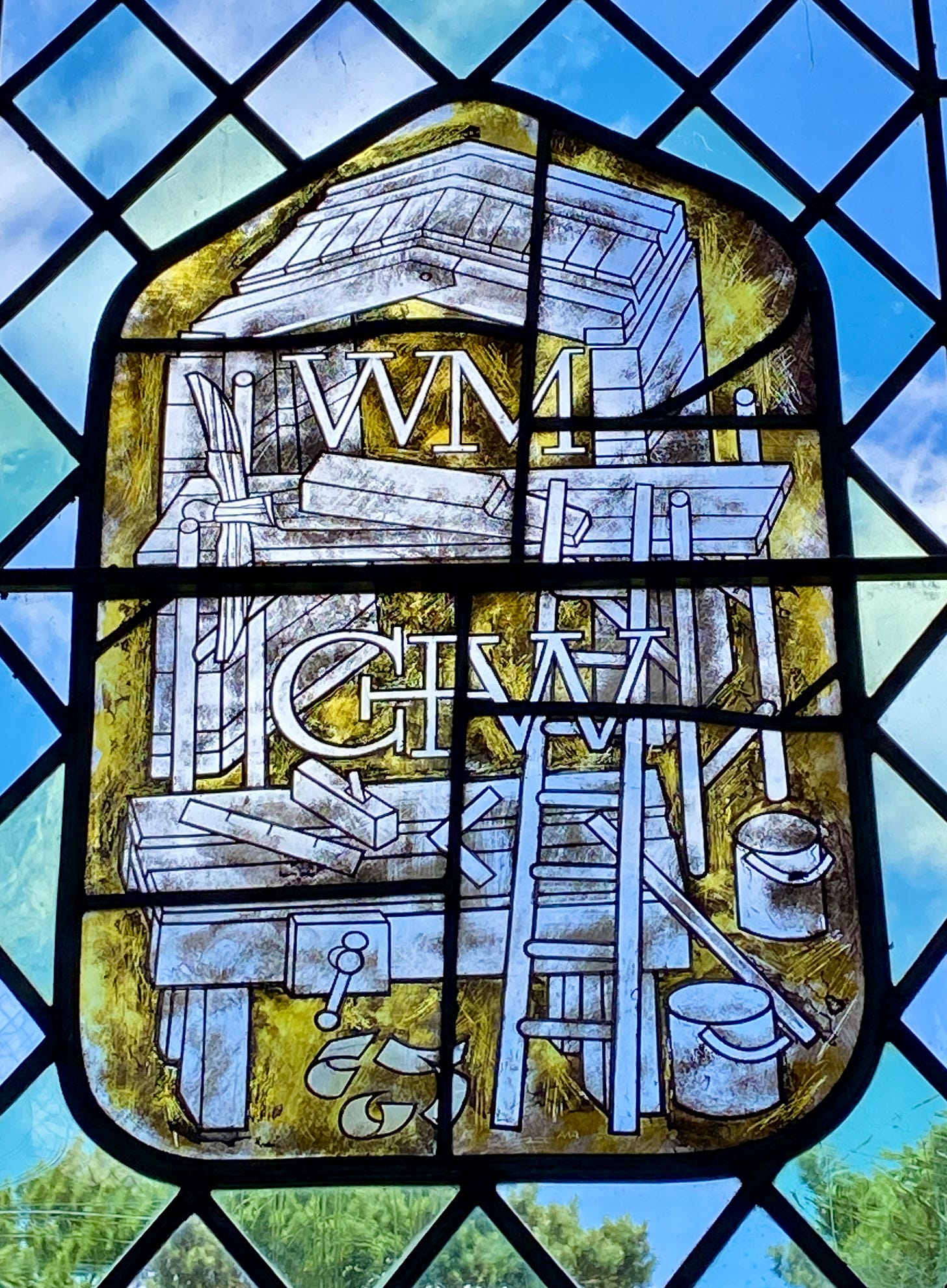
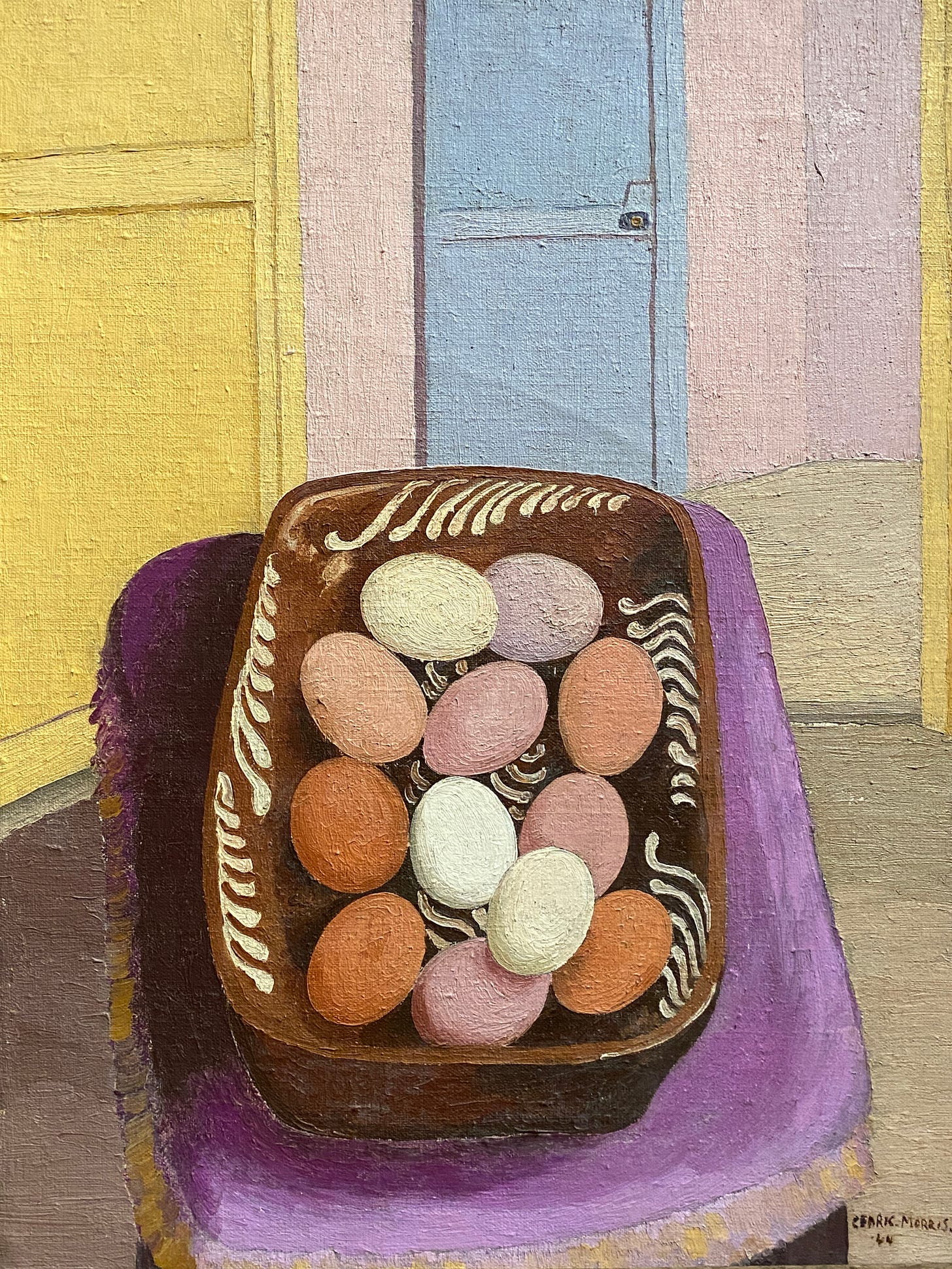

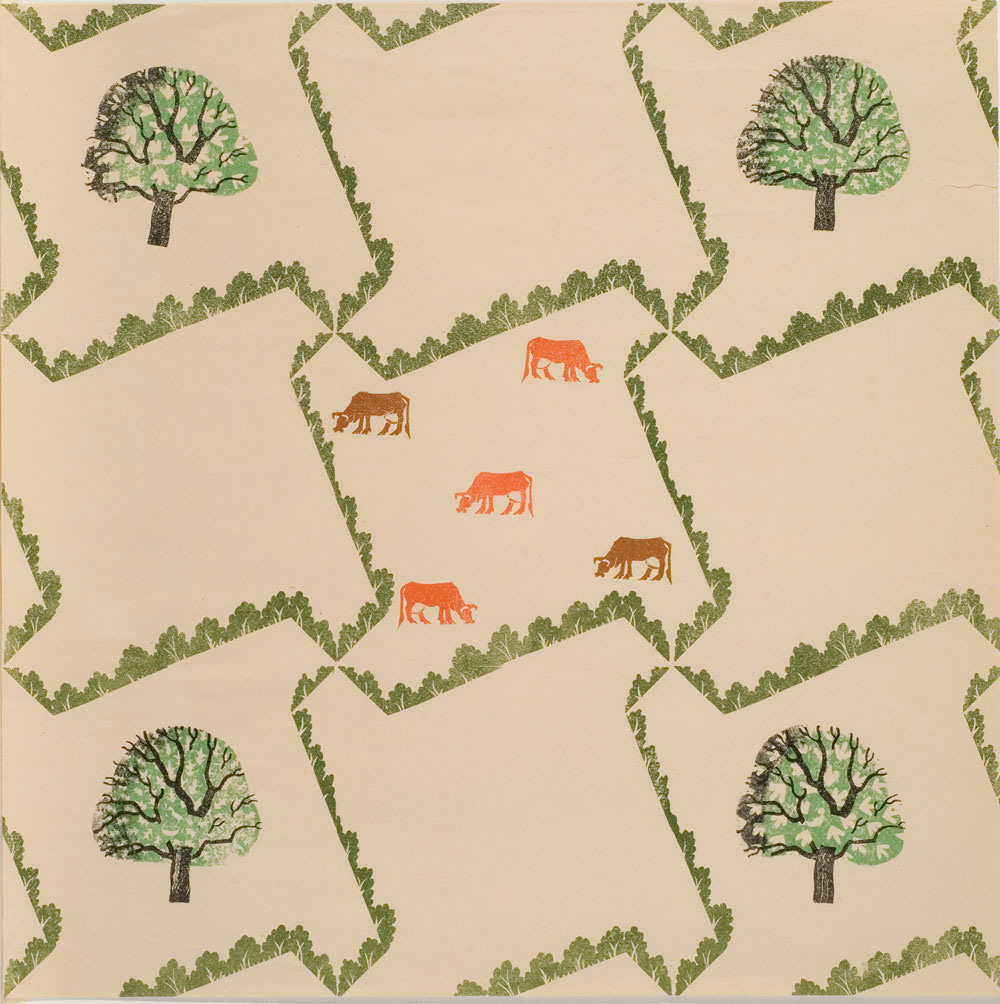
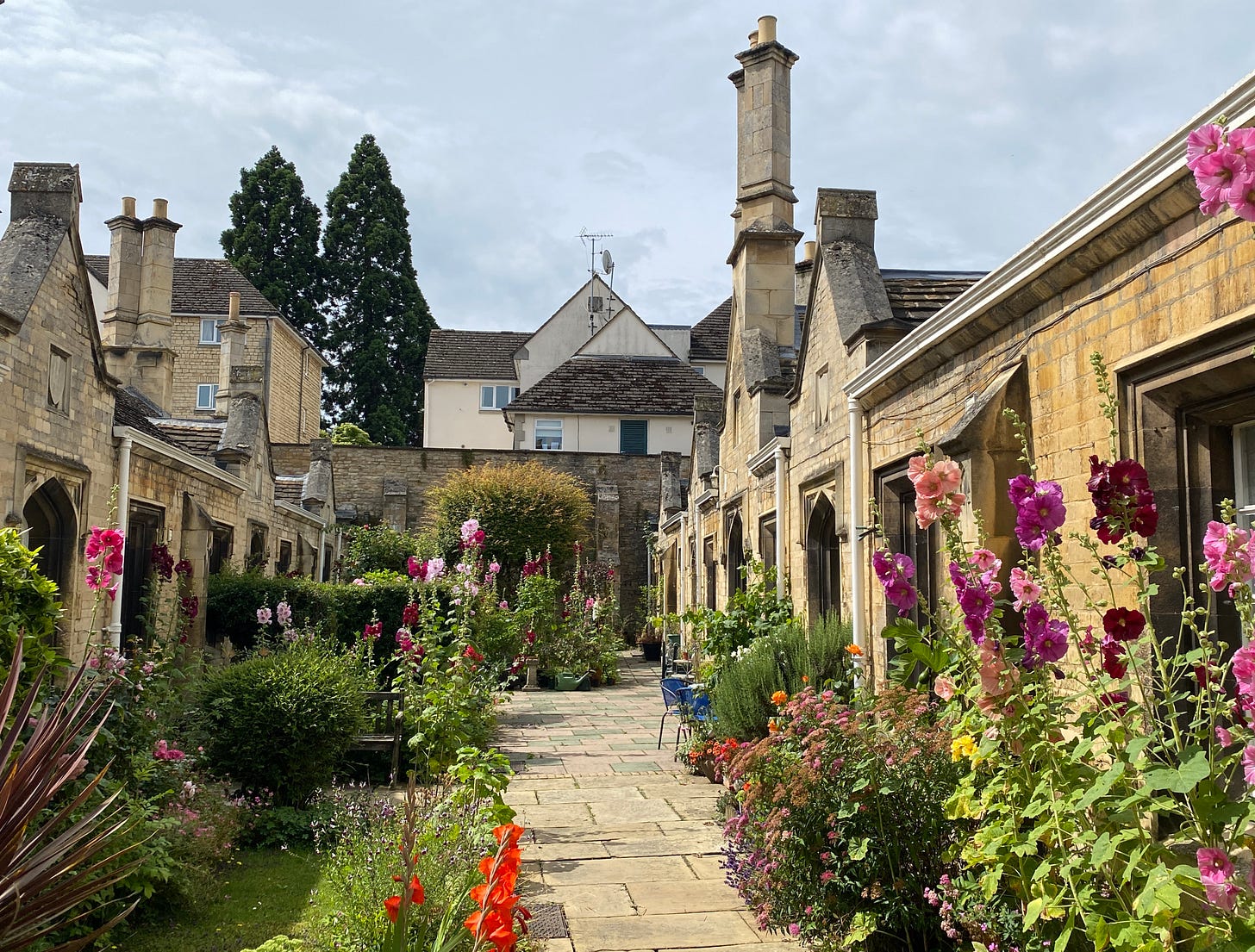

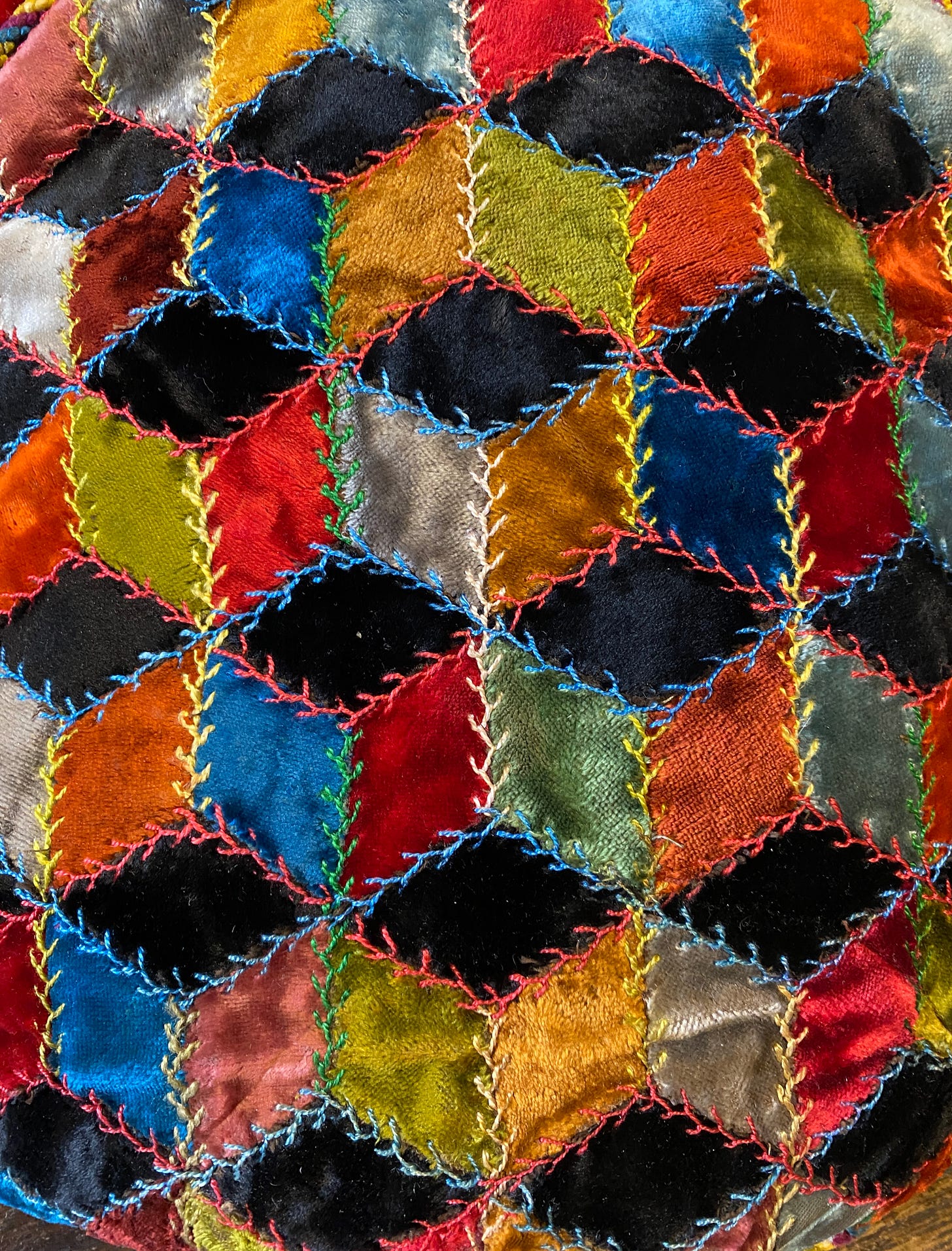
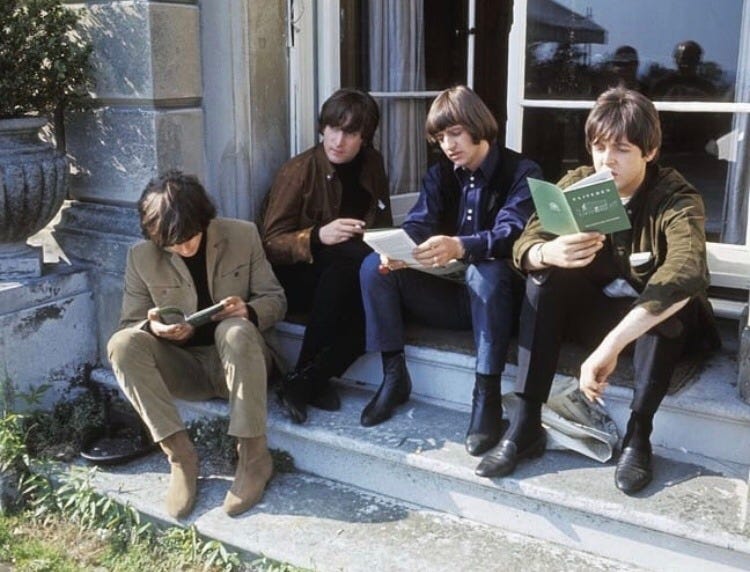
Lovely post, I want to rush off to Suffolk right now. I am sitting in my home in a Devon village, once again the church bells are ringing out. This time the garden needs weeding, garden designer coming on Wednesday - why do so many of my expensive plants just die? 3.00pm it's Providence Chapel at Throwleigh this afternoon, after the service we have the most wonderful tea, cakes and cut rounds in the schoolroom. Do join us. It is just lovely. We are on facebook. Jane how are you on old corrugated iron buildings? There are some wonderful ones out there. Dartington village hall and the best one of all Throwleigh village hall - a WW2 Nissen hut, it was a cinema for GI's in Tavistock. It's heavenly.
Jane, I’m sorry to hear you’re in need of distraction. I always feel better for reading your blog and wish I were as energetic as you are in your travels. I wish you well.